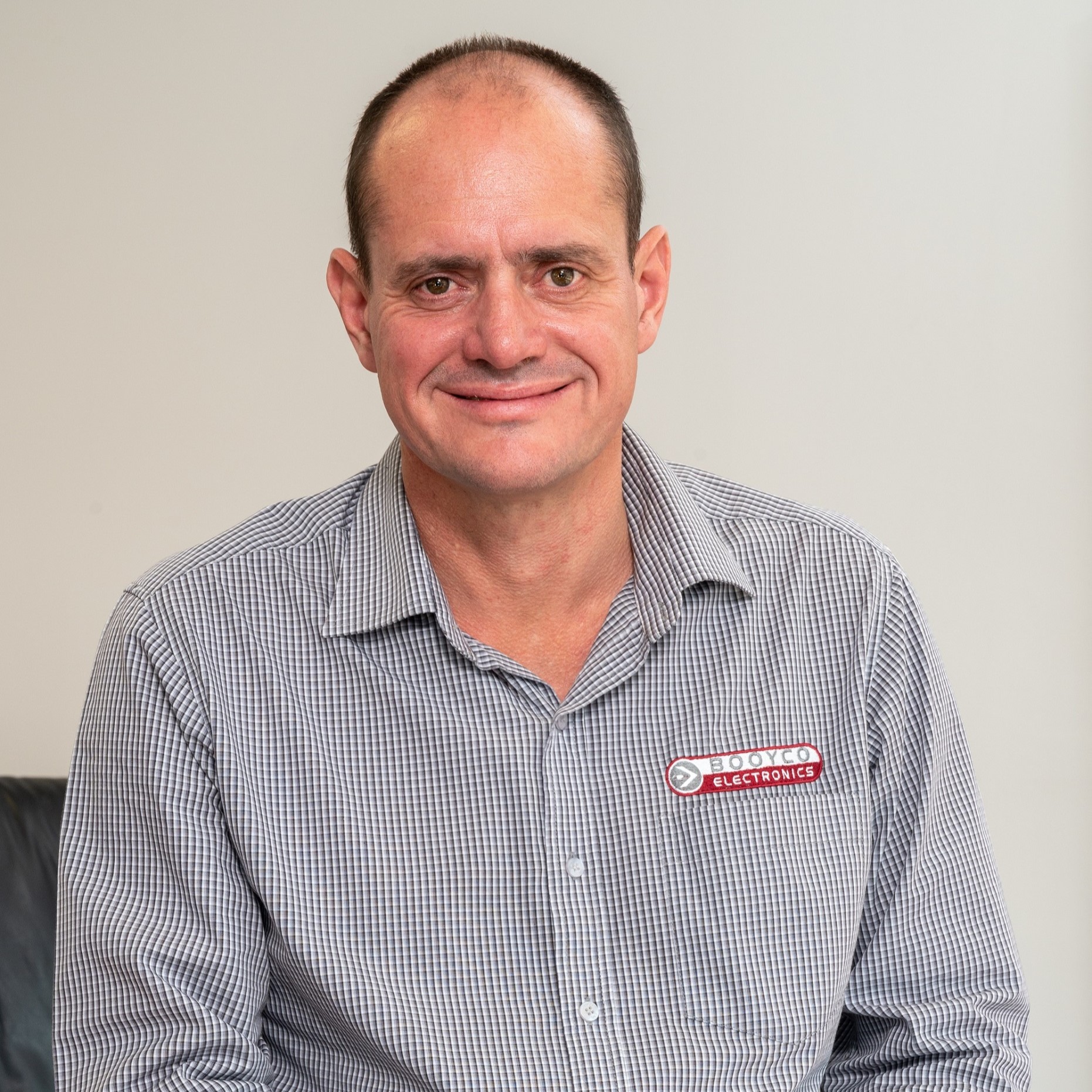While South Africa leads the world in regulating the field of collision prevention in mining, a key challenge in implementing effective solutions is to secure the buy-in and collaboration of all the people involved.
Speaking as a panellist at the recent Investing in Investing in African Mining Indaba in Cape Town, Booyco Electronics CEO Anton Lourens reminded delegates that the available world class technology is just one aspect of the solution. The African Mining Indaba panel session on Collision Prevention attracted so much interest that there was standing room only, indicating the high level of interest and concern about the relevant regulations in the sector.
“As one of the pioneers in Proximity Detection Systems (PDS) and Collision Prevention Systems (CPS) on mines, Booyco Electronics is rightly regarded as a technology company,” says Lourens. “In truth, however, we are also in the ‘people business’ – because it is the people who wear and operate our technology who are vital to its effectiveness.”
Moderated by the Minerals Council South Africa, the panel discussion focused on how mines should be keeping up with the new legislation on PDS. Lourens emphasises that Chapter 8 of the Mine Health and Safety Act was now very clear that compliance was non-negotiable, and mines were increasingly embracing technology in applications where mobile equipment posed ‘significant risk’ to health and safety.
“There have been great successes in the implementation of collision prevention strategies, but at the same time the overall industry picture is uneven,” he explains. “Even on one mine site, we have witnessed variable success rates between one shaft and another.”
This highlights the wide spectrum of adoption which needs to be achieved, he says, not just with the operators but right through the mine’s different departments. There can even be disruptive expectations between the mining production team and the engineering team, for example, if the management-driven strategy has not been clearly communicated and accepted.
He emphasises that everybody on the mine has a part to play, with the production department usually being the owner of the vehicles fitted with PDS. A successful PDS strategy will facilitate a good understanding of the respective roles – including planning, engineering responsibility, technology implementation and maintenance.
“It is important for everyone to be on the same page, as the mine’s production suffers when a machine stands, including due to a PDS issue – and that affects the whole mine and everyone’s future,” he says. “The good news is that the mines and their professional associations are engaging much more about CPS, and they recognise that the way forward should involve closer links between mines, their suppliers and the regulator.”
The key message is that no single player in this equation can achieve better safety levels on their own. Lourens points out that South African mines may be quite unique in the way they engage multiple Original Equipment Manufacturers (OEMs) and technology partners on each site. This creates some complexity when applying PDS technology, as each PDS supplier has to work closely with a number of mobile equipment OEMs to achieve the customers’ requirements.
He highlighted, however, that the building blocks for successful compliance were already in place. These include ISO standards adopted by OEMs, as well as best practice guidelines on PDS developed by the Minerals Council South Africa.
“The technology is available to address significant risk, and the tools are there to apply these solutions,” says Lourens. “What is important, though, is that the application of this technology is recognised as a process of change – not just a flick of a switch or a silver bullet.”
He reminded African Mining Indaba delegates at the panel discussion that people generally do not like change, and that this was natural. It is therefore necessary to carefully assess the conditions and attitudes on each site, and to design a change management plan aligned to operational culture that will satisfy all stakeholders.
“All parties are committed to the same goal – Zero Harm – so they need to reinforce this and find the best way forward in applying PDS solutions,” he concludes. “This is not to ignore the technical complexity of the solutions, but the main result is to drive safe and efficient production.”
He noted that modern PDS also generates extensive data on machine and pedestrian movements on mines. This is contributing to ‘digital twin’ simulations for mining operations, which can be harnessed to inform ongoing safety improvements in traffic management.





